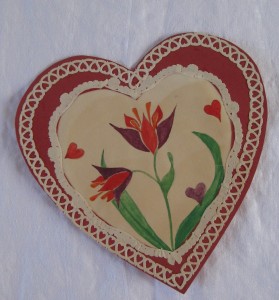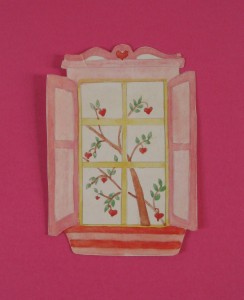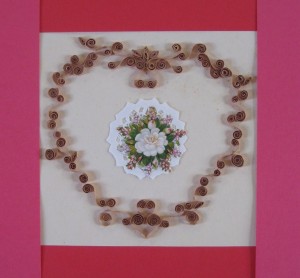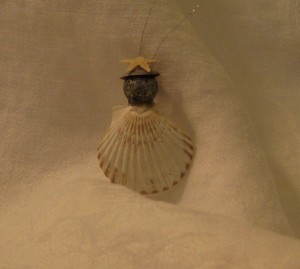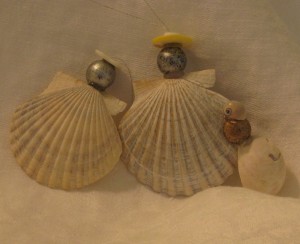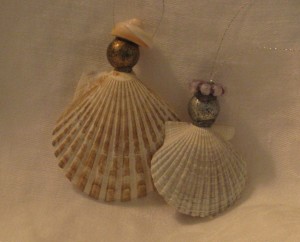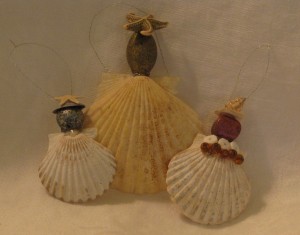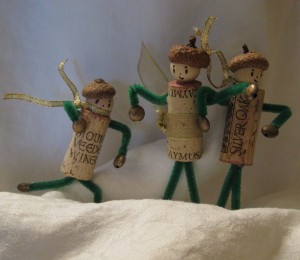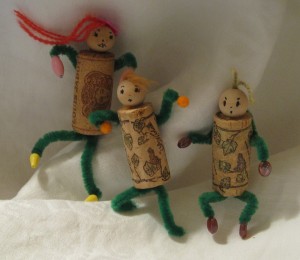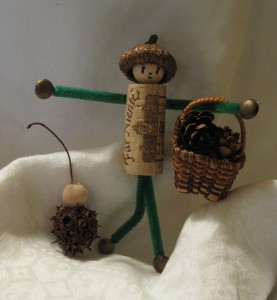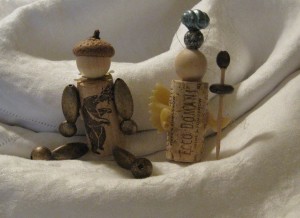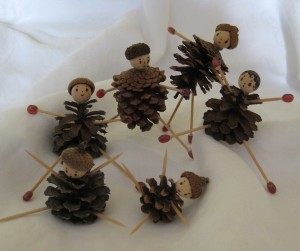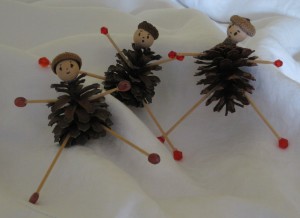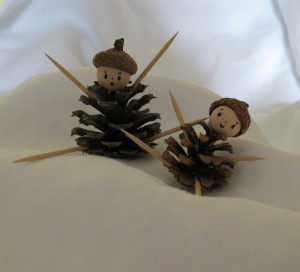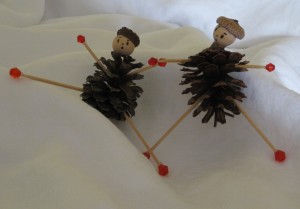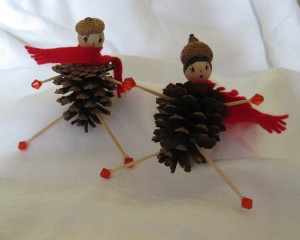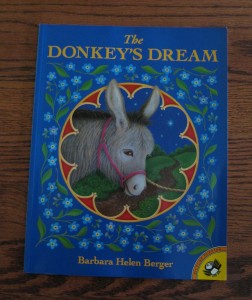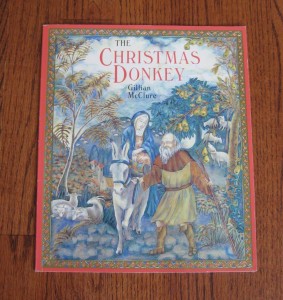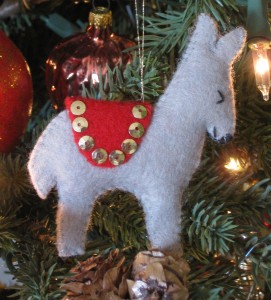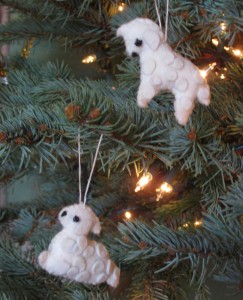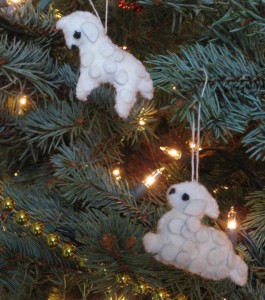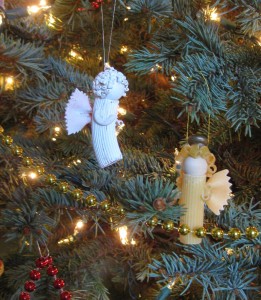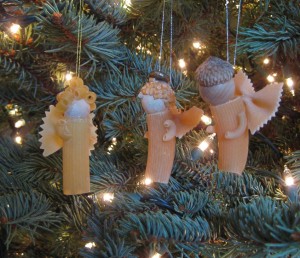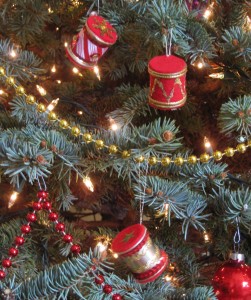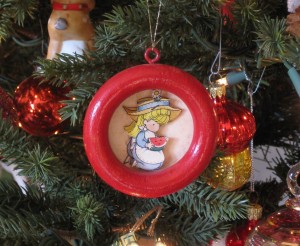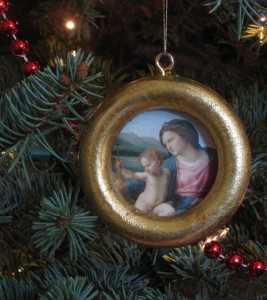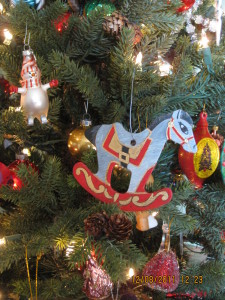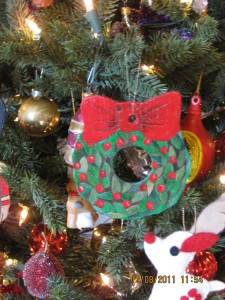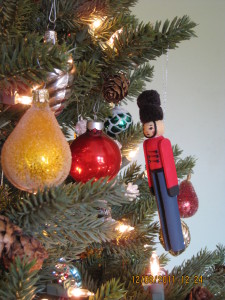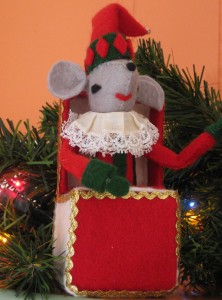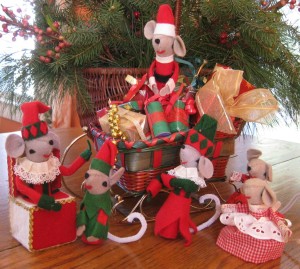One of my favorite childhood memories is sitting at the kitchen table, eating cinnamon red hots and making Valentines. I can see the bright February sunshine warming up the room. Popi would be sleeping nearby on the dining room rug. After a while we’d hear Daddy’s car come up the driveway as he arrived home from work. Before long it would be time for dinner. It’s a vision of complete, homey contentment.
When I was little, my mother and I would make our Valentines together. We’d each make one for Daddy, and she would help me with those I gave out to my classmates. We used all the typical materials: red and pink construction paper, doilies, flowers and hearts that we cut from old greeting cards. As I got older I might use watercolors to paint my own designs. Our supplies were far more limited in those days. There were no stores that stocked a nearly infinite variety of stickers, archival papers, fancy cutters, punches and the like. Martha Stewart was still just a hardworking caterer.
The preparatory time was what I enjoyed most. The lead-up was always better than the day itself. I have few recollections of an actual Valentine’s Day during elementary school. The clearest memory I have is painful. In fifth grade, a boy gave me a heart-shaped box of Valentine candy. Of course, he was not a boy that I “liked,” so the gesture made me feel sad and uncomfortable. I wished I liked him. I knew how he felt; I was familiar with the misery of unrequited love. I liked another boy who didn’t like me. Fortunately, though, I hadn’t given him a special gift that made me feel even worse.
This seemed to set the pattern for my Valentine’s Days throughout middle and high school. A card, flower or candy, if one came, would be from a nice boy I didn’t like. If I ventured out and gave a gift, it was unlikely to be reciprocated. Although I kept my expectations low, the day was either mildly disappointing or fraught with anxiety. Best, then, to enjoy making cards for my parents and a few extras that I could pin on my bulletin board, eat red hots, and appreciate the winter light.
Sitting by the kitchen window prompted me to paint this Valentine tree. I painted lots of heart-trees during my early teens.
They were easier than trees with other foliage.
This heart is made from strips of rolled paper, inspired by a library book Mama found on the art of quilling. Now, there are kits to do this type of thing.

